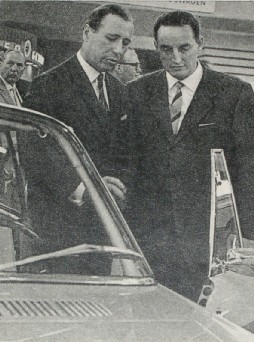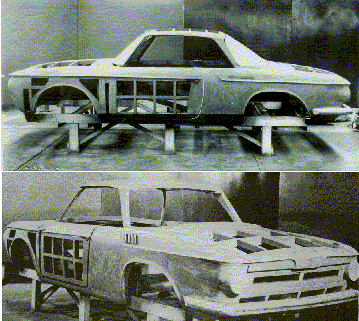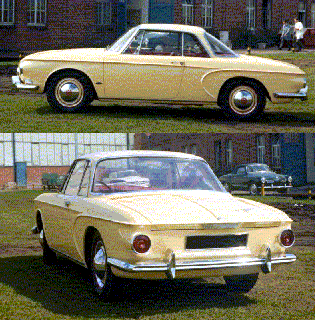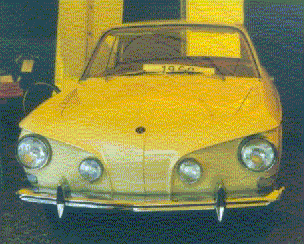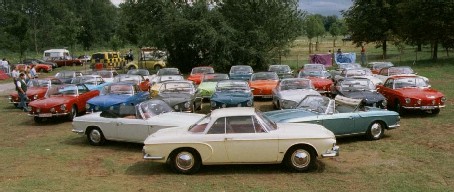During the Geneva Auto Show in the Spring of 1959 Wilhelm Karmann (from Karmann Coachwerks) and Luigi Segre (from Carrozzeria Ghia) met to continue discussions about the new VW sports model design. After several days of negotiation, it was agreed that Ghia would be responsible for the design and development of the sports Coupe prototype. VW would then provide input to the redesign and then the final prototype would be handed off to the engineers at Karmann for final development of body panel tools and dies. Karmann would then manufacture the car through its entire lifecycle and provide VW with spare parts. It was agreed that the Type 34 Cabriolet would be designed and built exclusively by Karmann once the Coupe was completed. VW wanted the final production-ready models in time for the September 1961 Frankfurt International Auto Show. This left only 15 months to transform the concept drawings into a production car.
